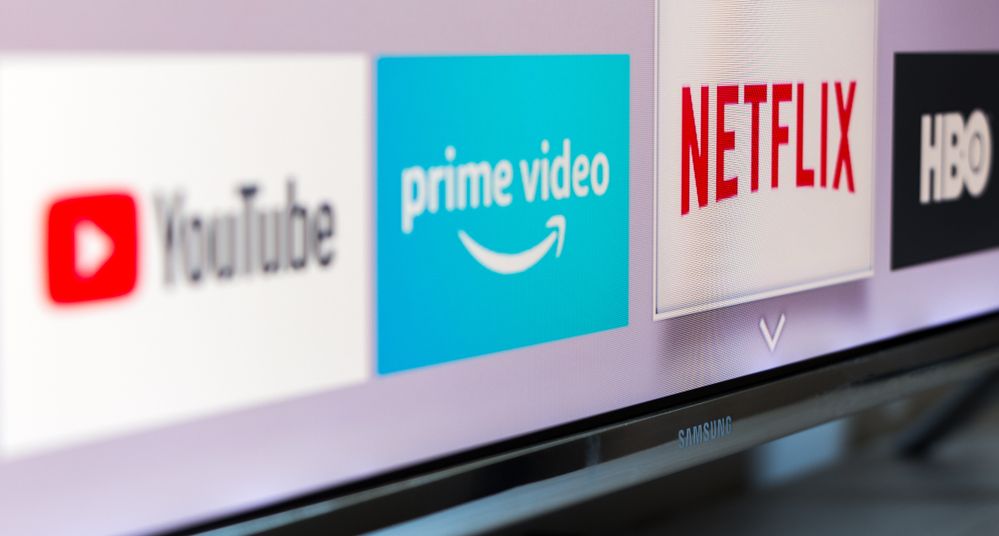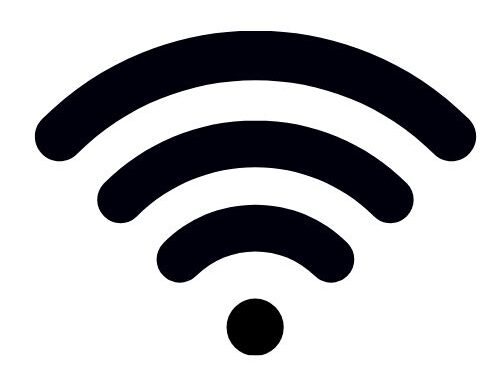
‘Video on demand’ (VOD) typically refers to any audiovisual content legally streamed via the internet, such as the services offered by Netflix and other providers. It differs from more traditional or broadcast television because it is not linear, giving viewers the opportunity to watch the video at any time once a program is available. Viewers are no longer required to wait for their desired show to come on television, but can begin watching whenever they like; this is often described as “time shifting.”
There are two main types of video on demand:
Free services such as catch-up television that rely on
advertising for revenue.
Subscription-based services where subscribers pay a fee to
gain access to large collections of content.
Unlike broadcast television there is no particular government or corporate entity controlling the creation of VOD, although it is common for the distribution hub to be run by a corporation. Such examples include Google’s YouTube in the case of free VOD, as well as other companies such as Netflix Australia, Stan, Presto Entertainment, Quickflix and Foxtel Play.
While VOD has the benefit of improved video quality, the ability to deliver an effective service remains highly dependent on the speed of broadband. VOD also suffers from geoblocking, meaning that some services are not available locally or their services are limited.
There is currently no legislation in Australia regulating the provision of accessibility features on VOD services.
